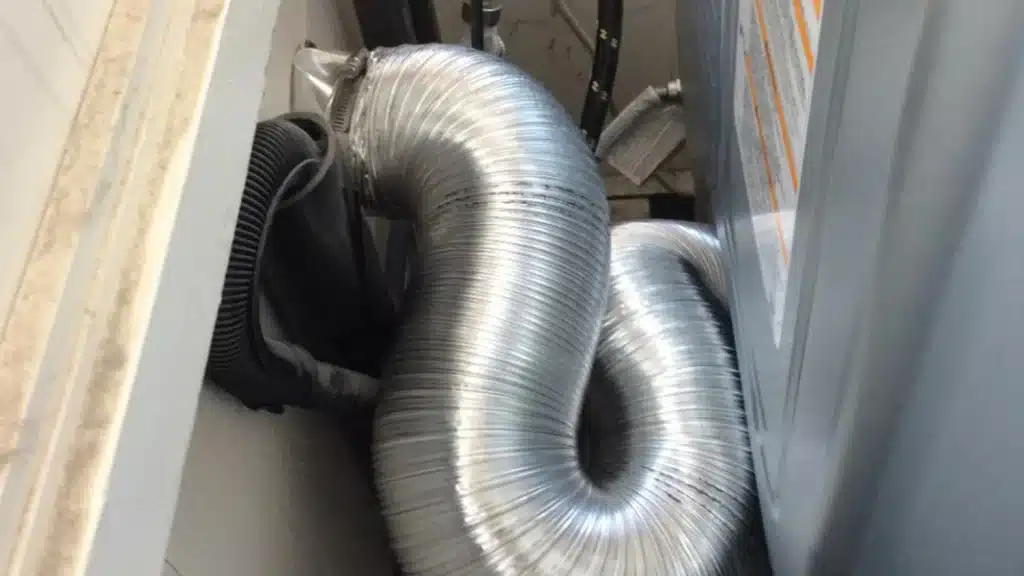Have you ever noticed a strange smell when your AC kicks on? Or maybe your allergies seem worse indoors. These could be signs of something hiding in your air system. Unwanted growth in your air passages can be a real problem. It affects your air quality and can make you feel sick. Let’s talk about how to spot this issue. We’ll cover the top signs of mold in duct vents and what you can do about it.

Recognizing the Top Signs of Mold in Duct Vents
One of the first things you might notice is a musty odor. This smell is often strongest when your heating or cooling system is running. You may also see dark spots or discoloration around your air registers. These spots can be black, green, or even white. Sometimes, you might see this stuff growing right on the grilles. If you wipe it and it comes back, you likely have an issue. Catching these signs early is key to keeping your home’s air clean and healthy.
Another big clue is how you feel. Are your allergies acting up more than usual inside your house? This could be a reaction to airborne particles from your HVAC system. Dealing with mold in duct vents is important for your well-being. If you suspect a problem, it’s best to investigate. Don’t ignore these warning signs from your home.
Black Mold in Air Vents: What to Look For
When people hear about fungus in their air system, they often think of the scary black kind. While not all dark-colored growth is toxic, it’s all bad for your air. Black specks or fuzzy-looking patches on or around your air registers are a major red flag. This substance can have a slimy or powdery texture. You might notice it after it has been damp or humid in your home.
It is important to take any visible growth seriously. You should not try to clean it up yourself without proper protection. Disturbing it can release particles into the air. This can make the problem worse and spread it to other areas. If you see black stuff, it’s a clear signal you have mold in duct vents.
Common Causes of Mold in HVAC Systems
So, how does this unwanted growth even start in your air system? Moisture is the biggest culprit. Your HVAC system can create condensation, especially in humid weather. This moisture can collect in your air passages and create the perfect breeding ground. Leaky air passages can also let in damp, unconditioned air. This mixes with the cool air inside and causes water droplets to form.
Another cause is a dirty system. Dust, pollen, and other debris can build up over time. This buildup can hold moisture and provide food for growth. That’s why regular maintenance is so important. An oversized AC unit can also be a problem. It might cool your home too quickly without removing enough humidity. This leaves extra moisture in the air, creating a welcome home for unwanted guests and a potential mold in duct vents issue.
Health Risks of Mold in Your Air Ducts
Having this stuff in your air system isn’t just gross; it can also affect your health. When your HVAC system runs, it can spread tiny particles throughout your home. Breathing these in can cause a range of issues, especially for certain people. If you have allergies or asthma, you might notice your symptoms getting worse. You could experience more coughing, sneezing, and wheezing.
Even if you don’t have existing respiratory issues, you can still be affected. Common symptoms include:
- A stuffy or runny nose
- Itchy, watery eyes
- Skin irritation or rashes
In some cases, people might feel tired or have headaches. Long-term exposure can lead to more serious problems. This is why addressing mold in duct vents is so crucial for a healthy home environment.

Professional Mold Remediation: Preventing Mold Growth in Your Home
If you suspect you have an issue, it’s best to call in the professionals. They have the right tools and training to handle the problem safely. A professional service will inspect your entire HVAC system. They can find the source of the moisture and the extent of the growth. They use special equipment to clean your air passages and remove all traces of the problem. This is the most effective way to deal with mold in duct vents.
After the cleanup, the focus shifts to prevention. The pros can help you identify and fix any moisture issues. This might involve sealing leaky air passages or suggesting a dehumidifier. Regular HVAC maintenance is also key. Keeping your system clean and running efficiently helps prevent future problems. Taking these steps will ensure your home’s air stays clean and your family stays healthy.
Contact Us Today!
FAQ
How do I know if I have a mold problem in my air ducts?
If you notice a musty odor from your vents or see visible signs of growth, you might have a mold problem. Worsening allergies can also be a clue. For a definitive answer, a professional mold test can detect the presence of mold spores and assess your indoor air quality.
Can a regular air duct cleaning remove mold?
A standard air duct cleaning is often not enough to fully remove mold. You need a specialized duct cleaning service that focuses on remediation. This process addresses why mold grows and ensures the mold in your HVAC system is properly handled to prevent future issues and mold exposure.
What should I do if I find mold?
If you see visible mold, don’t disturb it. The first step is to contact a professional air duct cleaning service. They can safely manage the issue, clean the system, and advise on preventing it from coming back. Regularly changing your air filter also helps maintain good indoor air quality.
